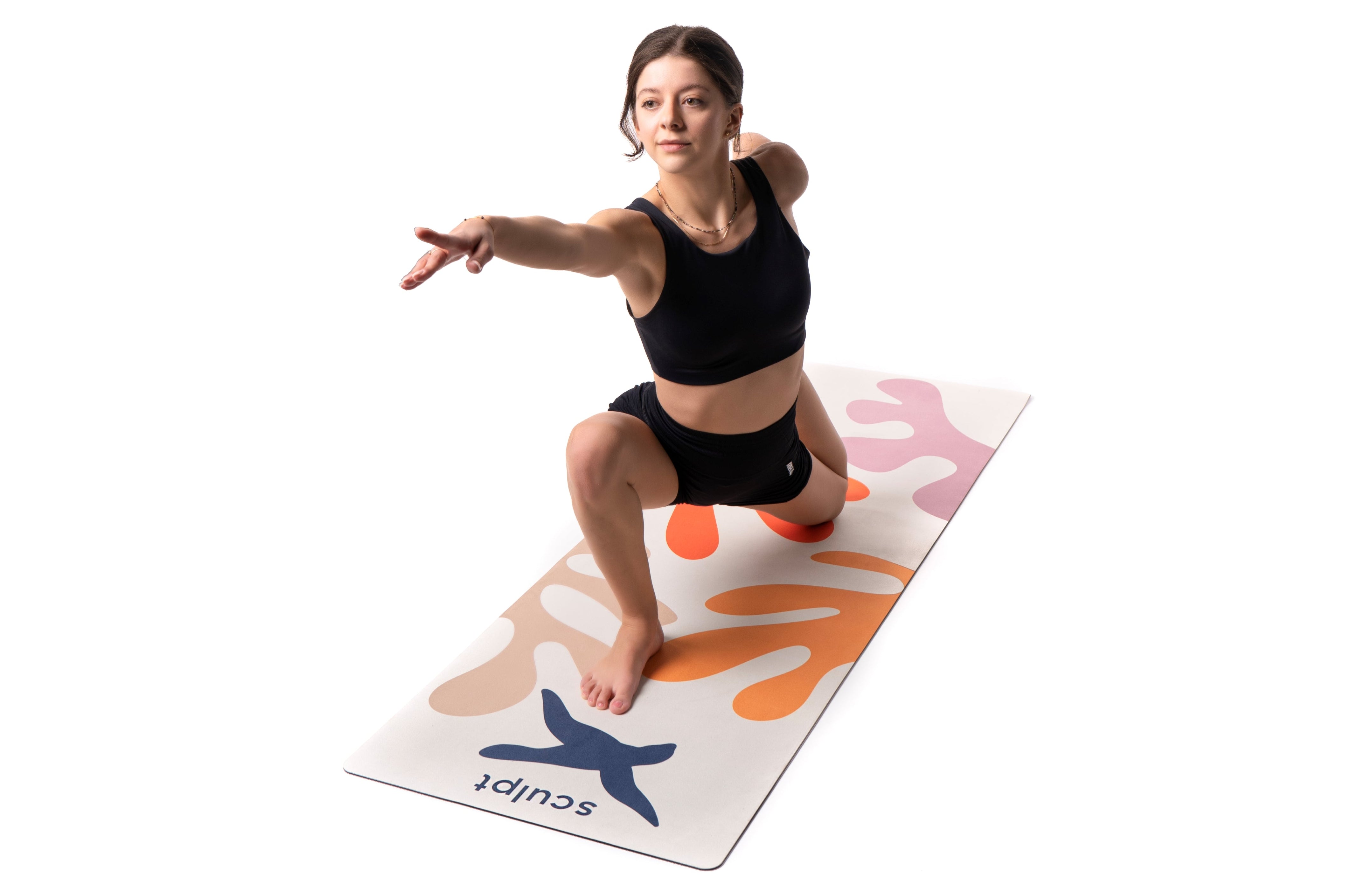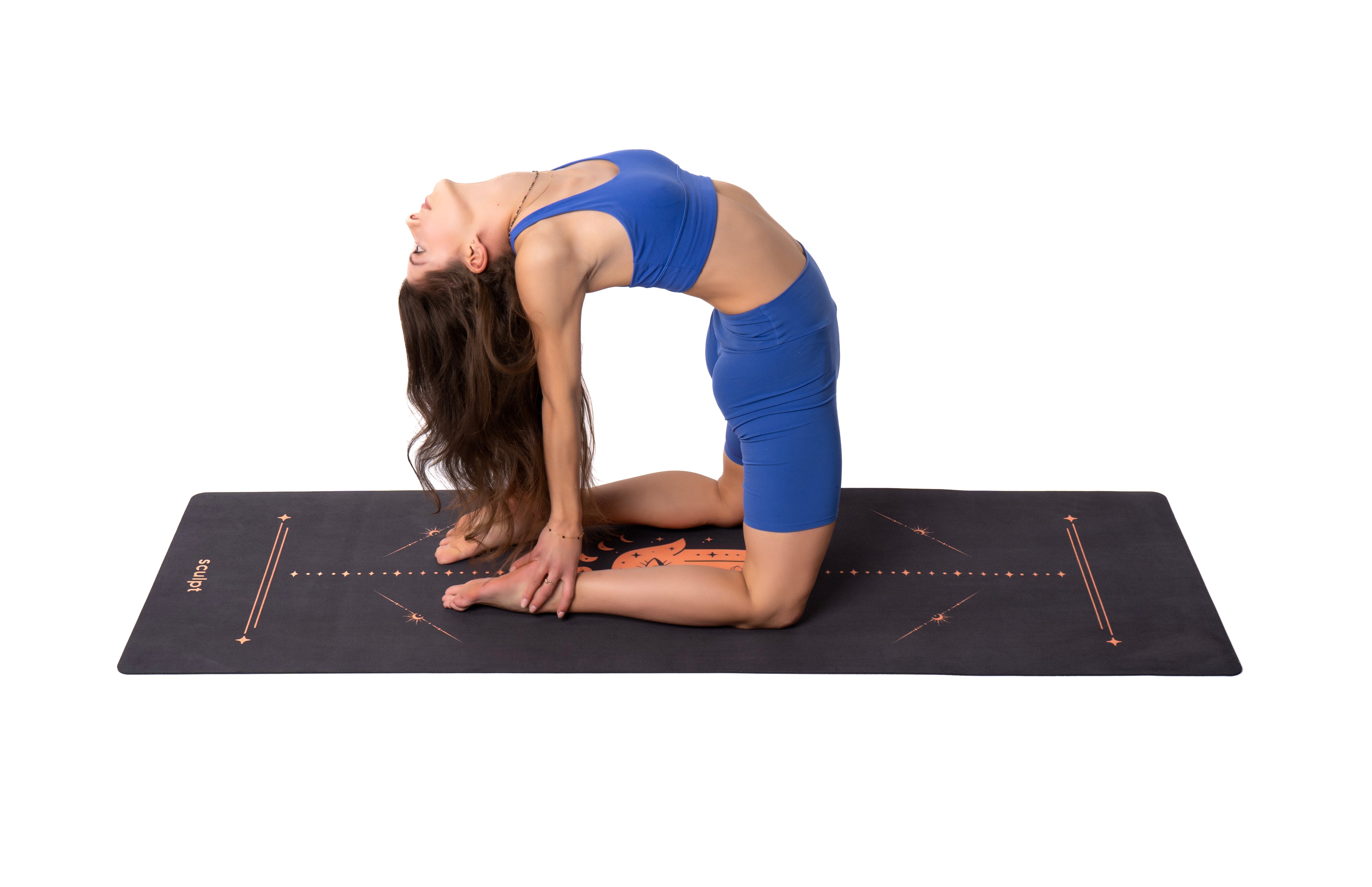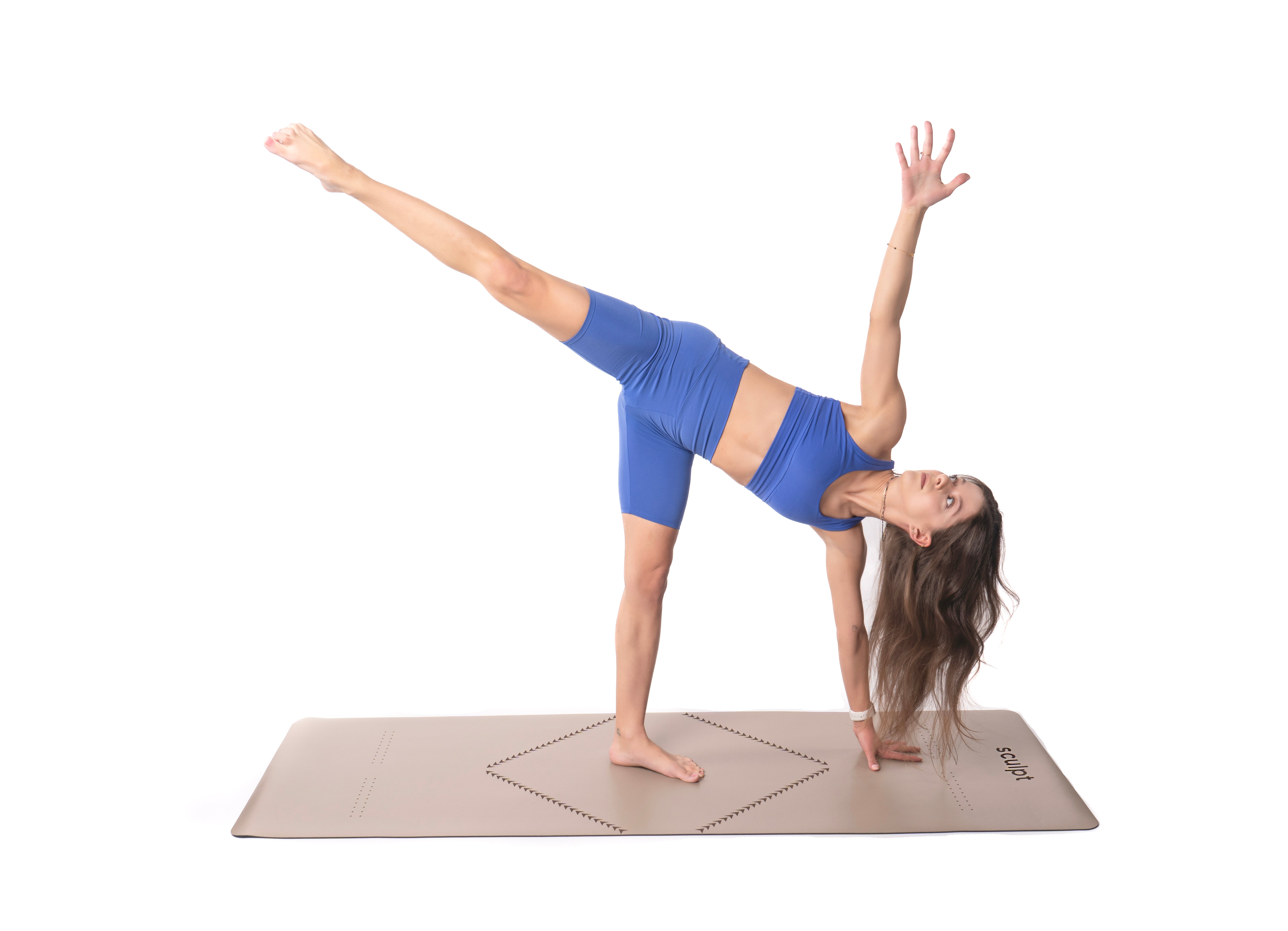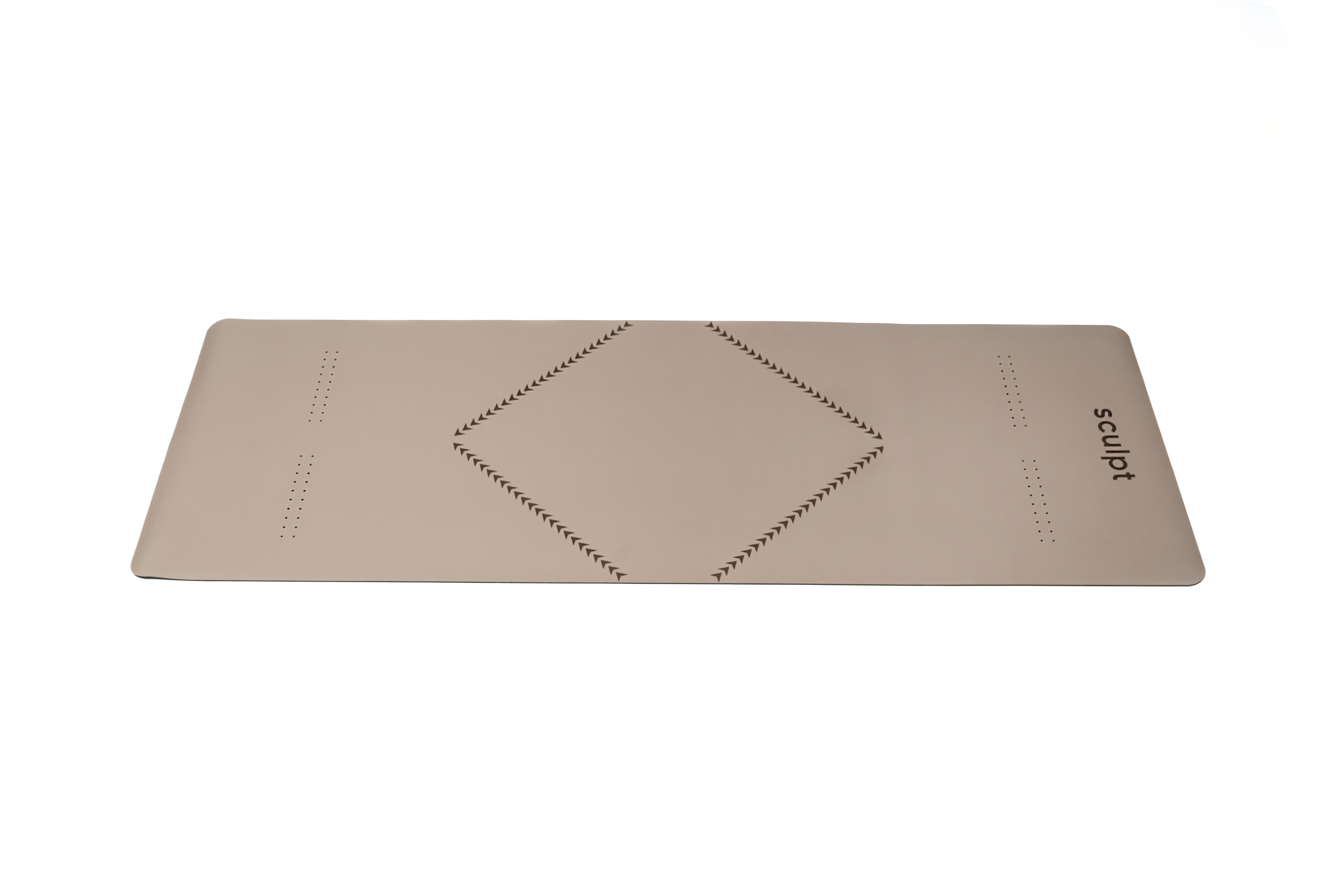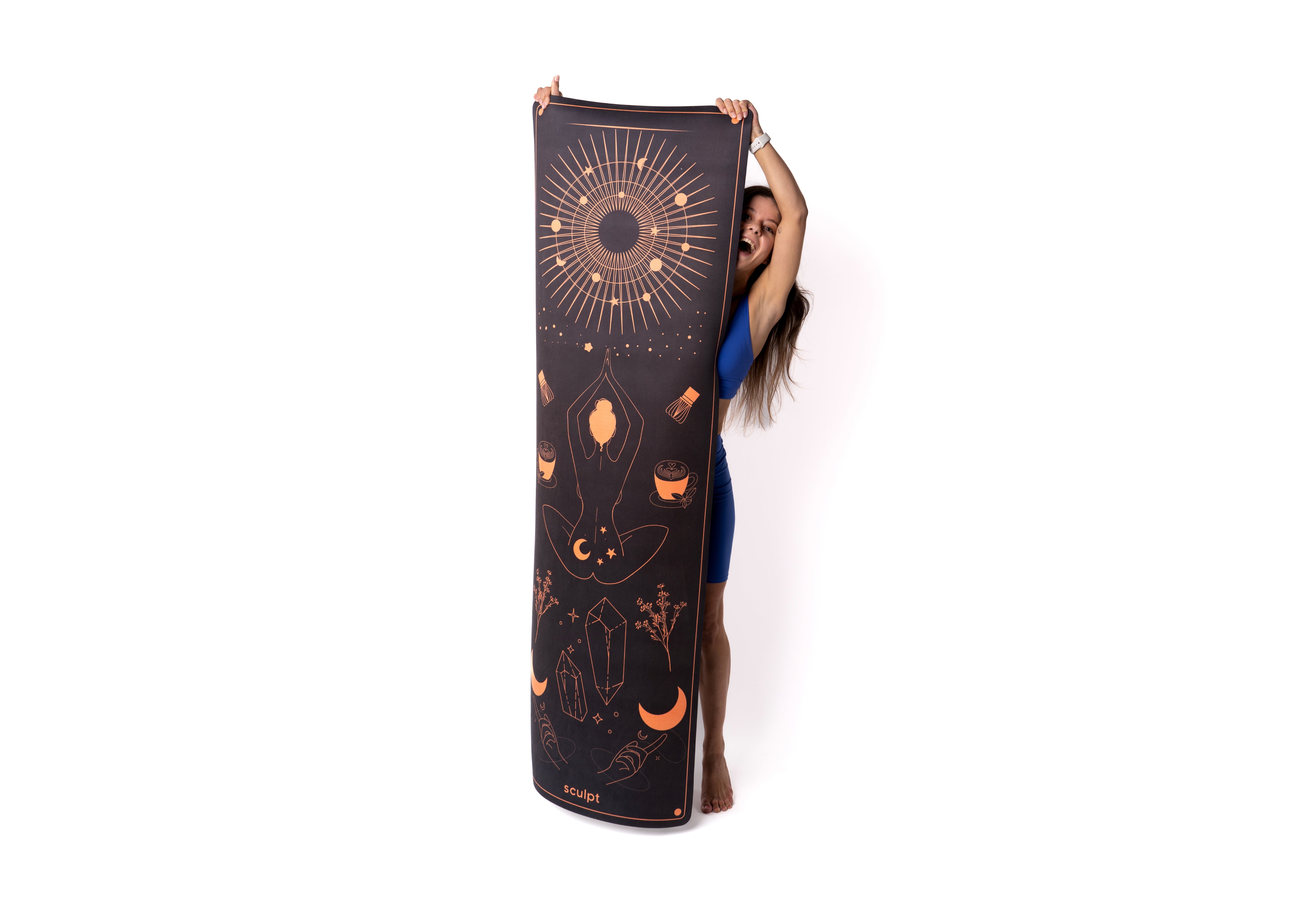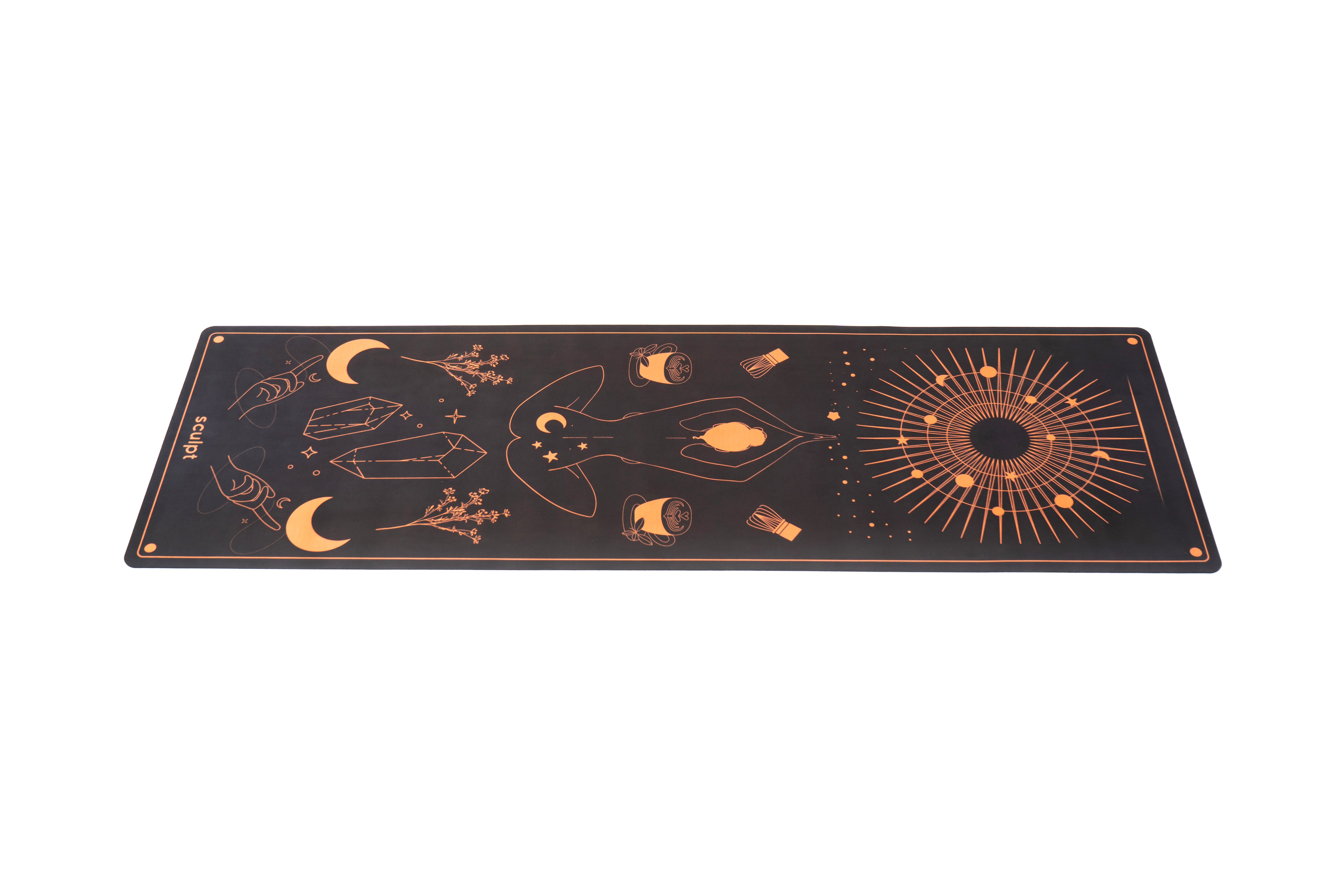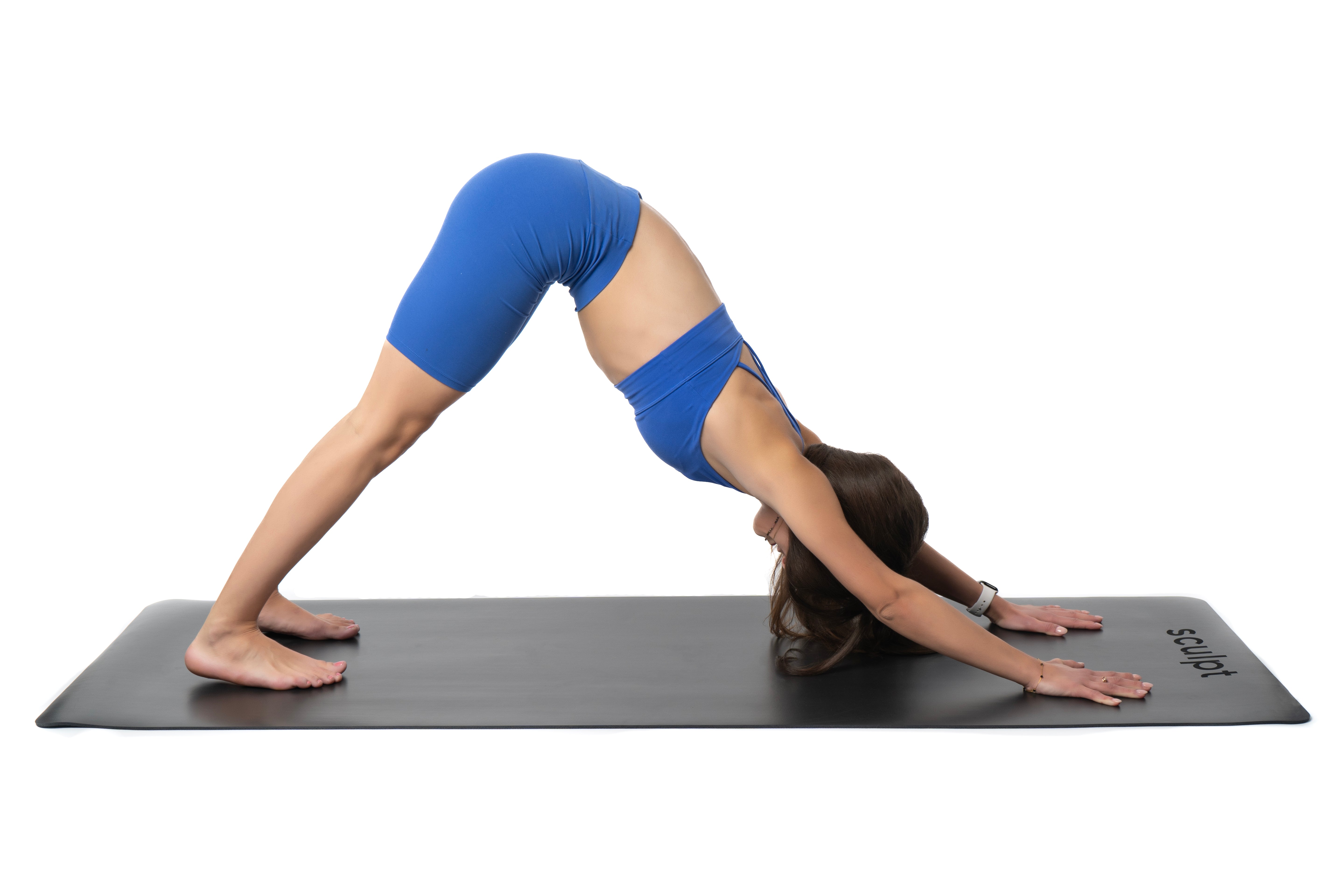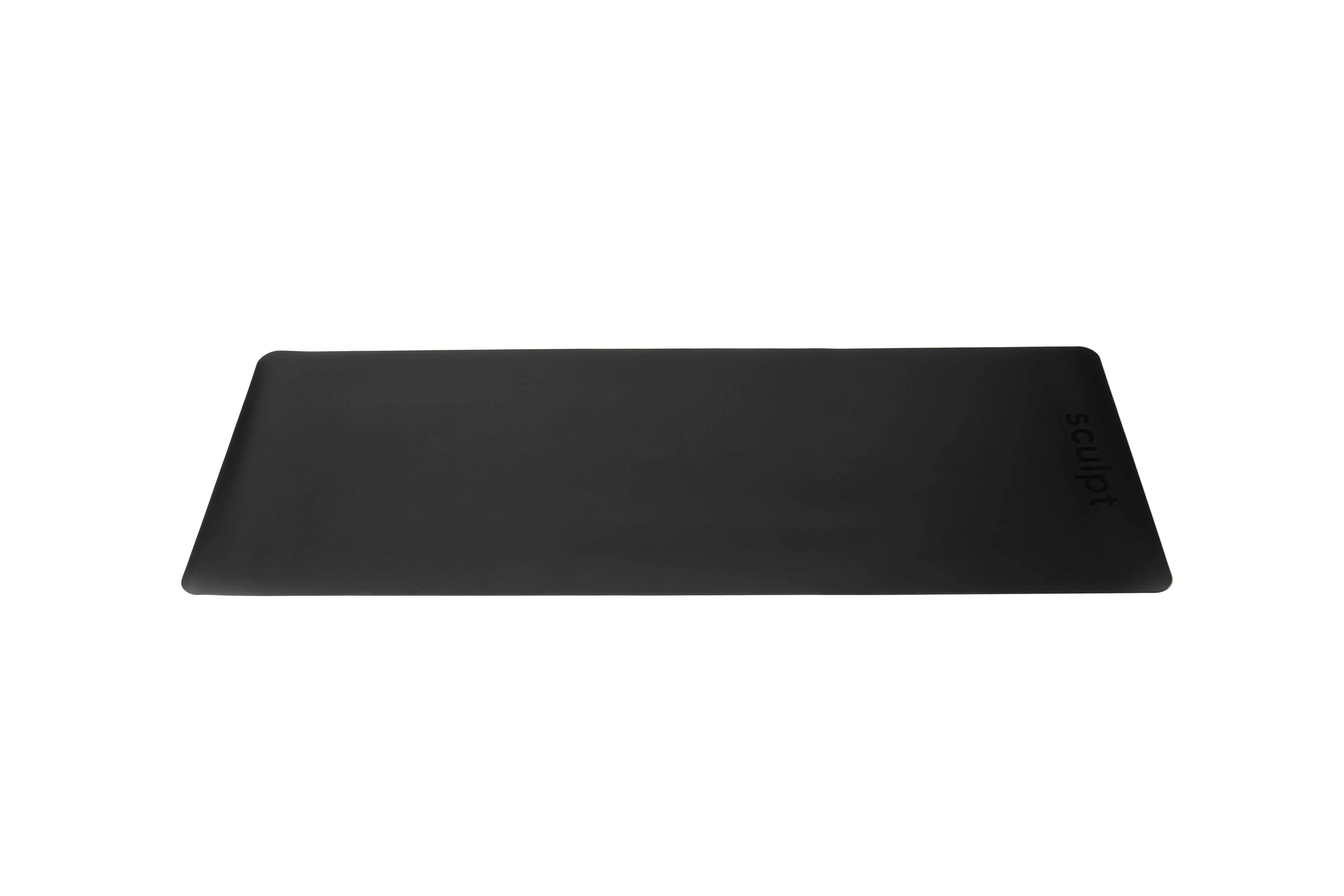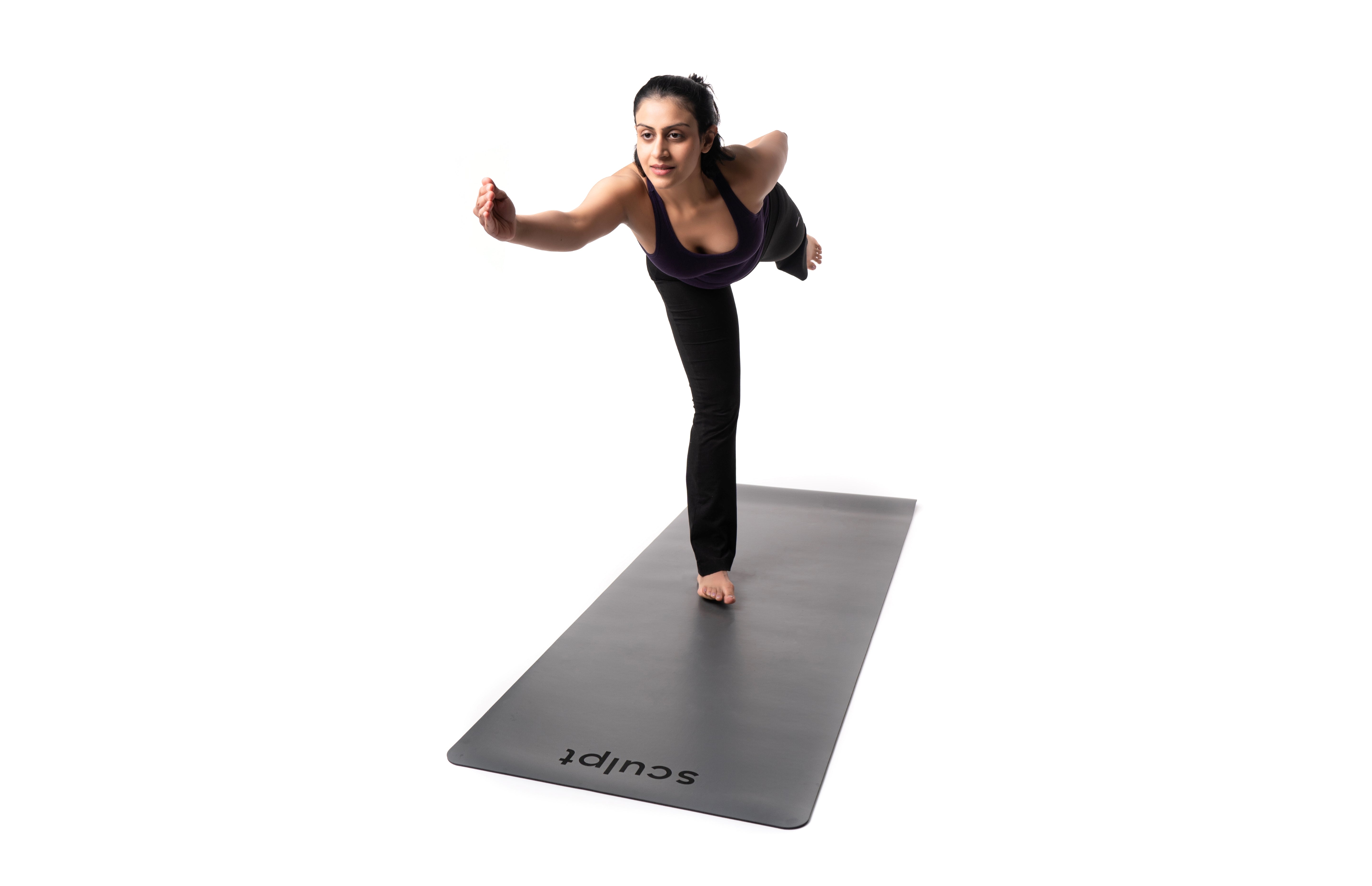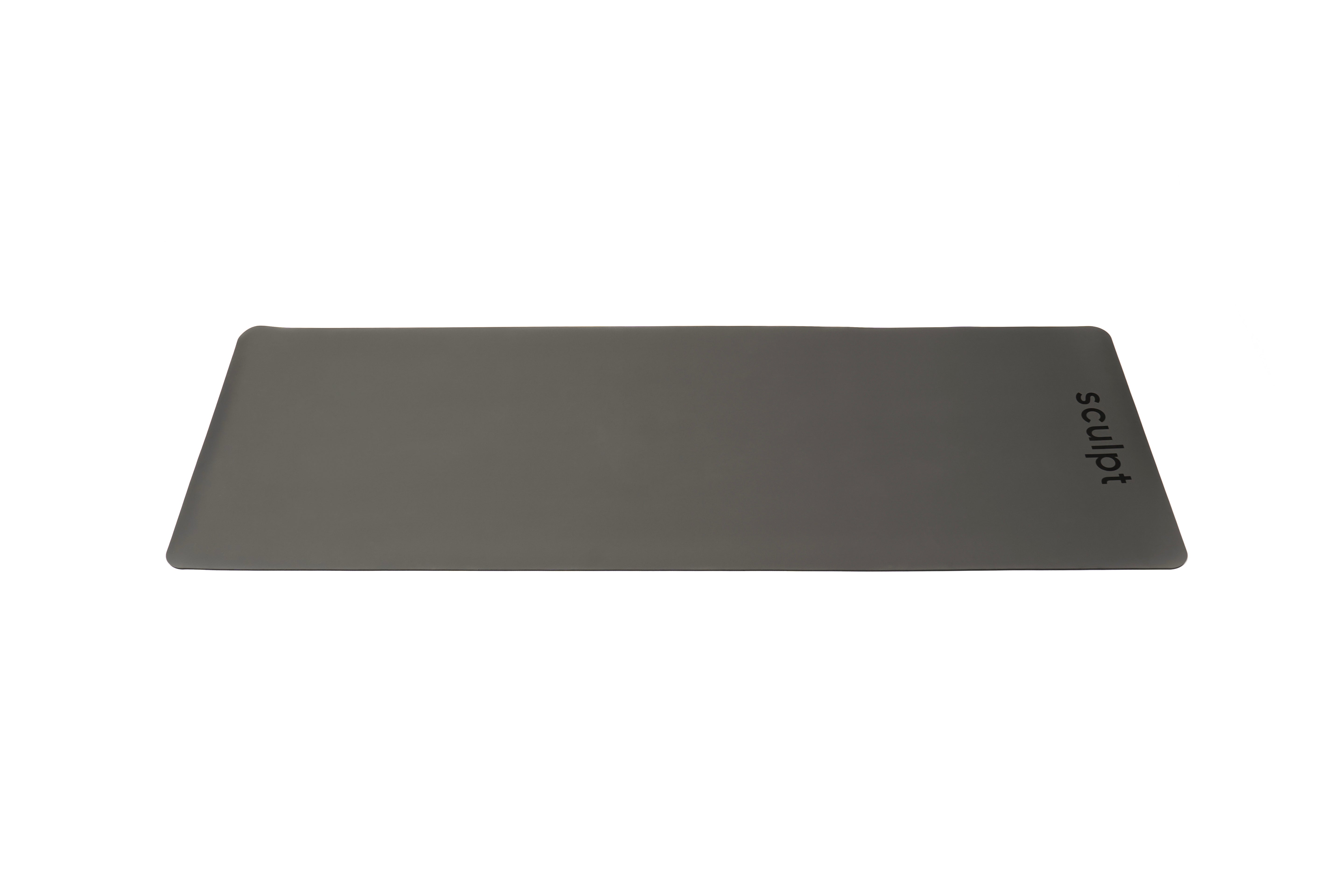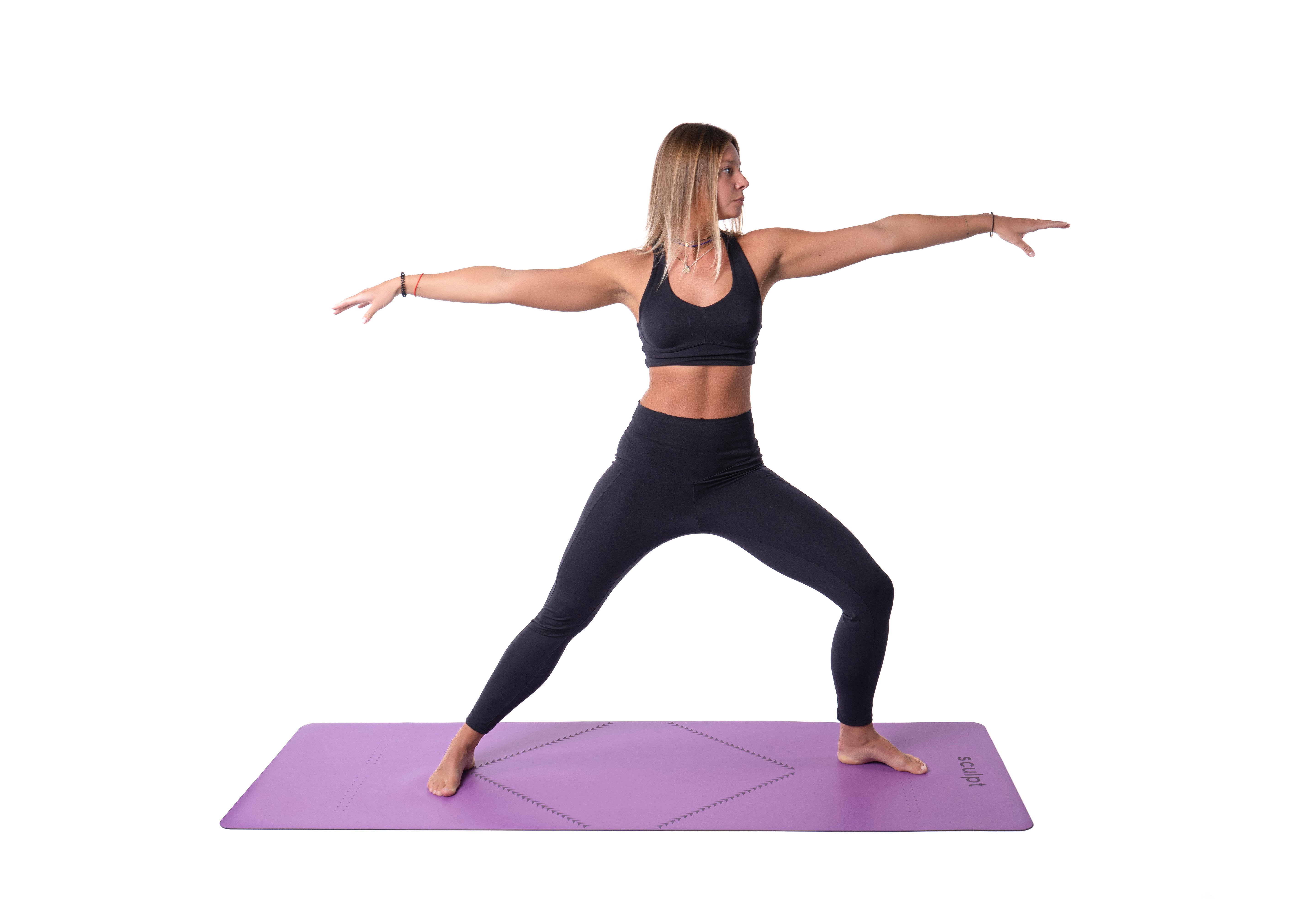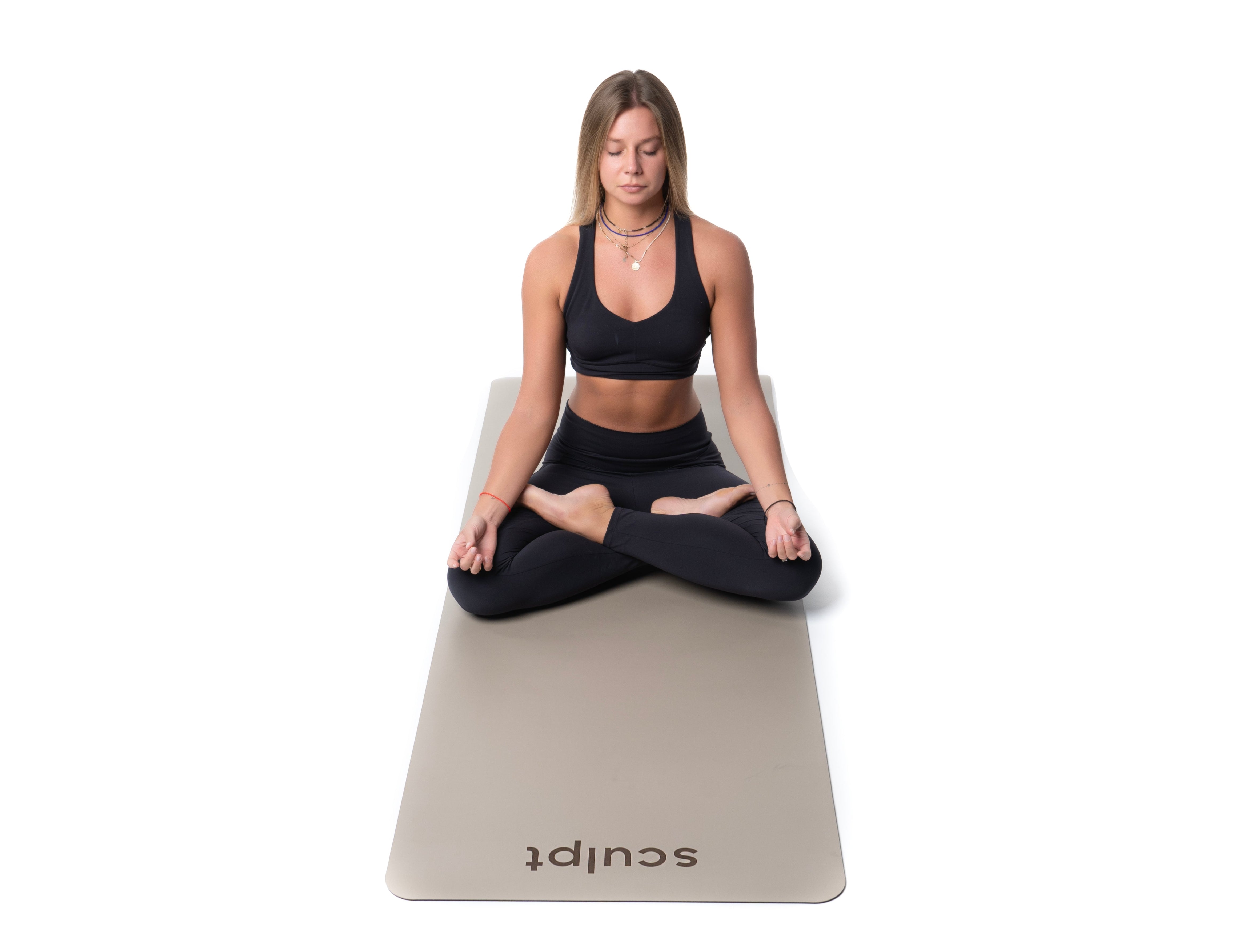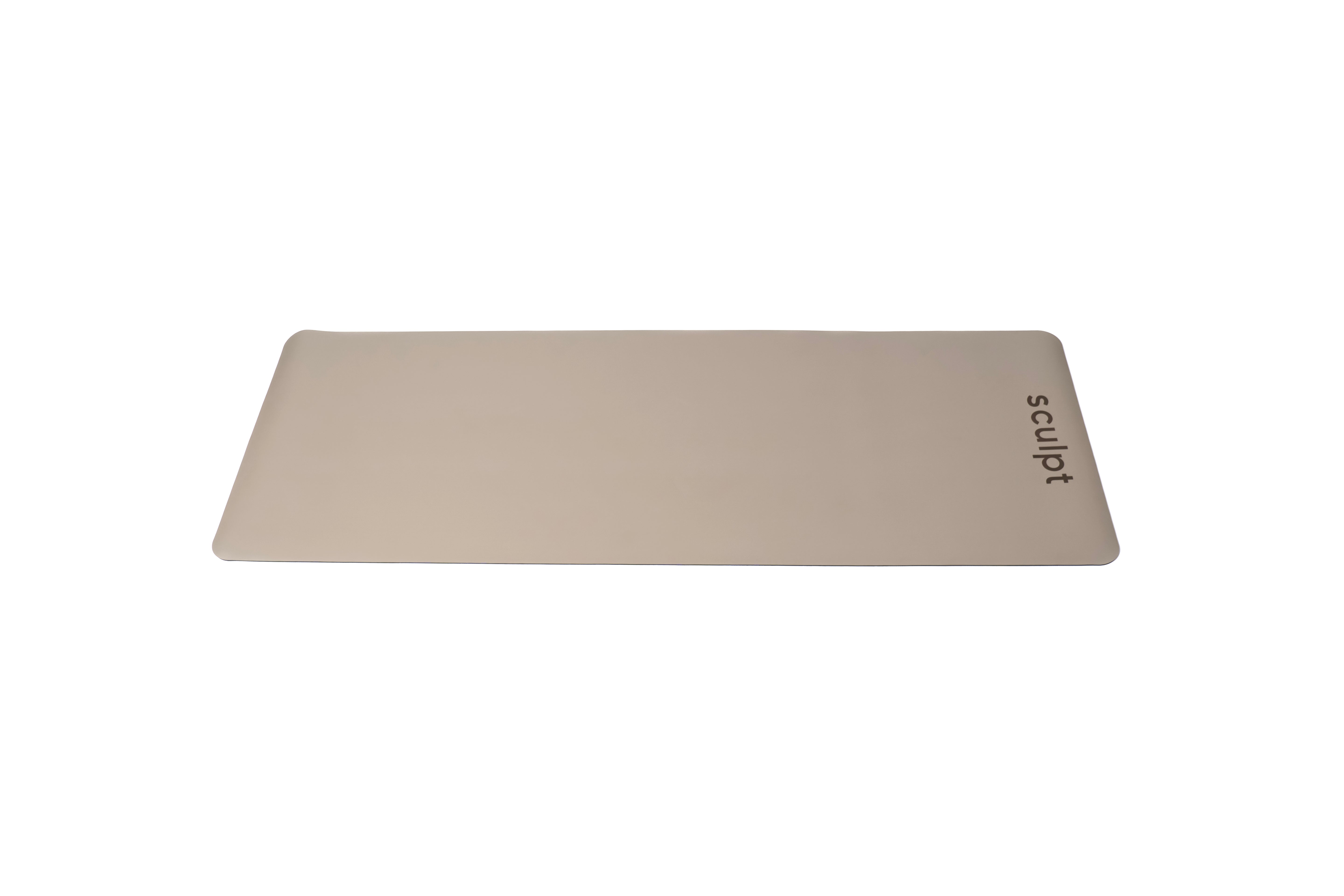Article: Choosing the Right Thickness: How Yoga Mat Cushioning Protects Your Joints
Choosing the Right Thickness: How Yoga Mat Cushioning Protects Your Joints
When selecting a yoga mat, one of the first decisions to make is how thick it should be. The thickness of a yoga mat isn’t just about comfort—it plays a pivotal role in protecting your joints during practice. Too thin, and you might feel every hard floor through your knees; too thick, and you could wobble in Tree Pose. Let’s explore how mat cushioning affects your body and how to choose the right thickness for your needs.
Understanding Yoga Mat Thickness Options
Yoga mats generally range from ultra-thin travel mats (around 1–2 mm) to plush therapeutic mats (4 mm or more). A standard yoga mat is usually about 3 mm thick. At this thickness, you get a solid connection to the floor, which many yogis love for stability. On the other end, “thick” mats are typically 5 mm and up, offering extra padding. Here’s a quick breakdown of common thickness categories:
- Travel Mats (1–2 mm) – Incredibly thin and lightweight, designed for portability. These fold easily into a suitcase and are great for practicing on the go. Pros: ultra-portable, you can even layer them over borrowed studio mats for hygiene. Cons: minimal cushioning—on a hard floor you’ll feel it in your wrists and knees after a while.
- Standard Mats (3–4 mm) – The most common thickness. They strike a balance between cushioning and stability. A 4 mm mat “will ensure you keep grounded and balanced whilst having your joints protected” for most practitioners. These mats provide enough support for comfort, without being so thick that you lose your connection to the floor.
- Thick Mats (5–7 mm) – Sometimes called “pro” or “support” mats. These are ideal if you need extra cushioning – for example, yogis with sensitive knees or anyone doing slower, restorative practice. However, remember that thicker mats can impact balance; your hands and feet may sink in a bit, making standing poses slightly less stable.
Cushioning vs. Stability: The Joint Protection Trade-off
Why go thicker? The main reason is joint protection. If you’ve ever winced in Camel Pose because of pressure on your knees, a plusher mat can be a lifesaver. Thicker mats provide extra cushioning, which is especially beneficial in therapeutic or gentle yoga styles. In restorative yoga, for example, you hold poses longer with weight on your joints, so a soft, cushioned mat helps prevent aches. Likewise, if you often do poses on your forearms or knees (think Dolphin Pose or table-top stretches), a thicker mat will feel much kinder on bony parts. Many seniors or individuals with past injuries find thick mats crucial for comfort. As one yoga instructor notes, extra-cushioned mats are great for anyone with bad knees or sensitive wrists, as they provide “extra layers of support”.
However, thicker isn’t always better for balance. When you stand on a very thick, squishy mat, it’s like standing in sand—the extra give can make you wobble. Yoga mats that are over 6 mm can feel “too cushiony,” and your hands and feet may sink, making it a chore to transition between poses. If you love dynamic flows or lots of standing balances, a super thick mat might throw you off. As the experts at REI warn, while thick mats are comfy, “they can be more difficult to balance on during standing poses.”
Bottom line: If joint pain or bone sensitivity is a concern, err on the side of more cushioning – your wrists, knees, and elbows will thank you. If you prioritize stability for balance poses, a medium or standard mat might serve you better. Many yogis actually keep a folded blanket or knee pad handy: if a pose is hard on your knees on a thinner mat, you can always add padding under you as needed, rather than using an ultra-thick mat all the time

